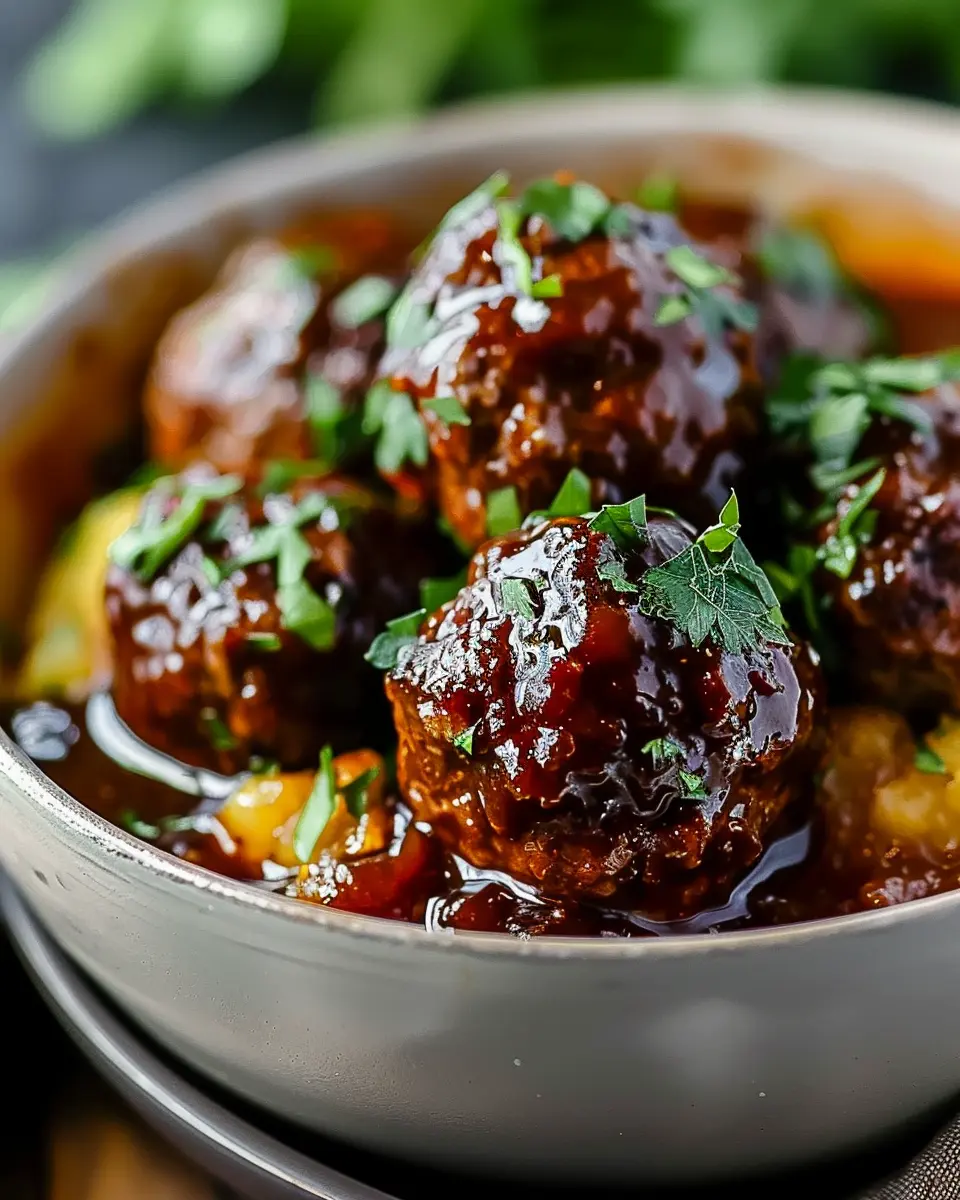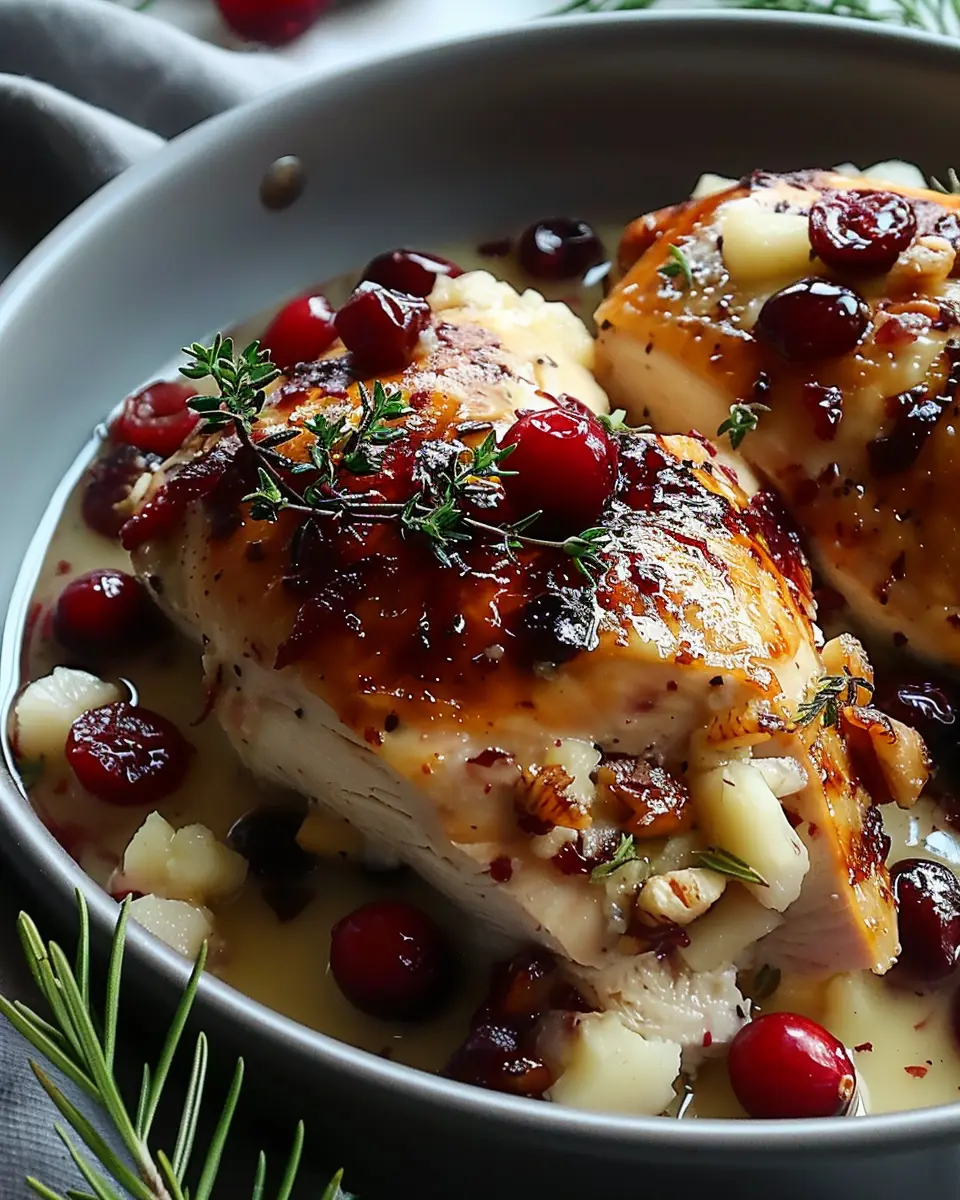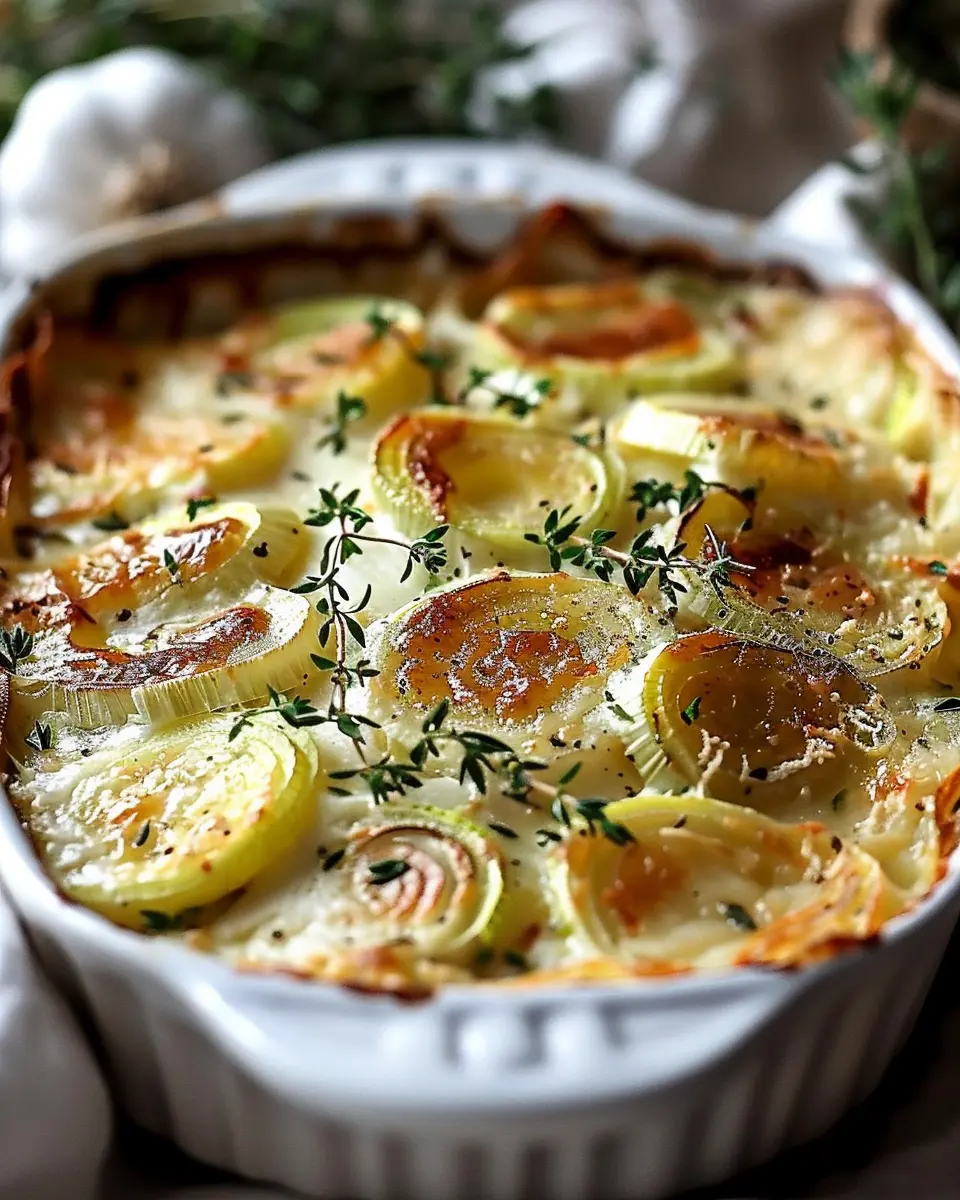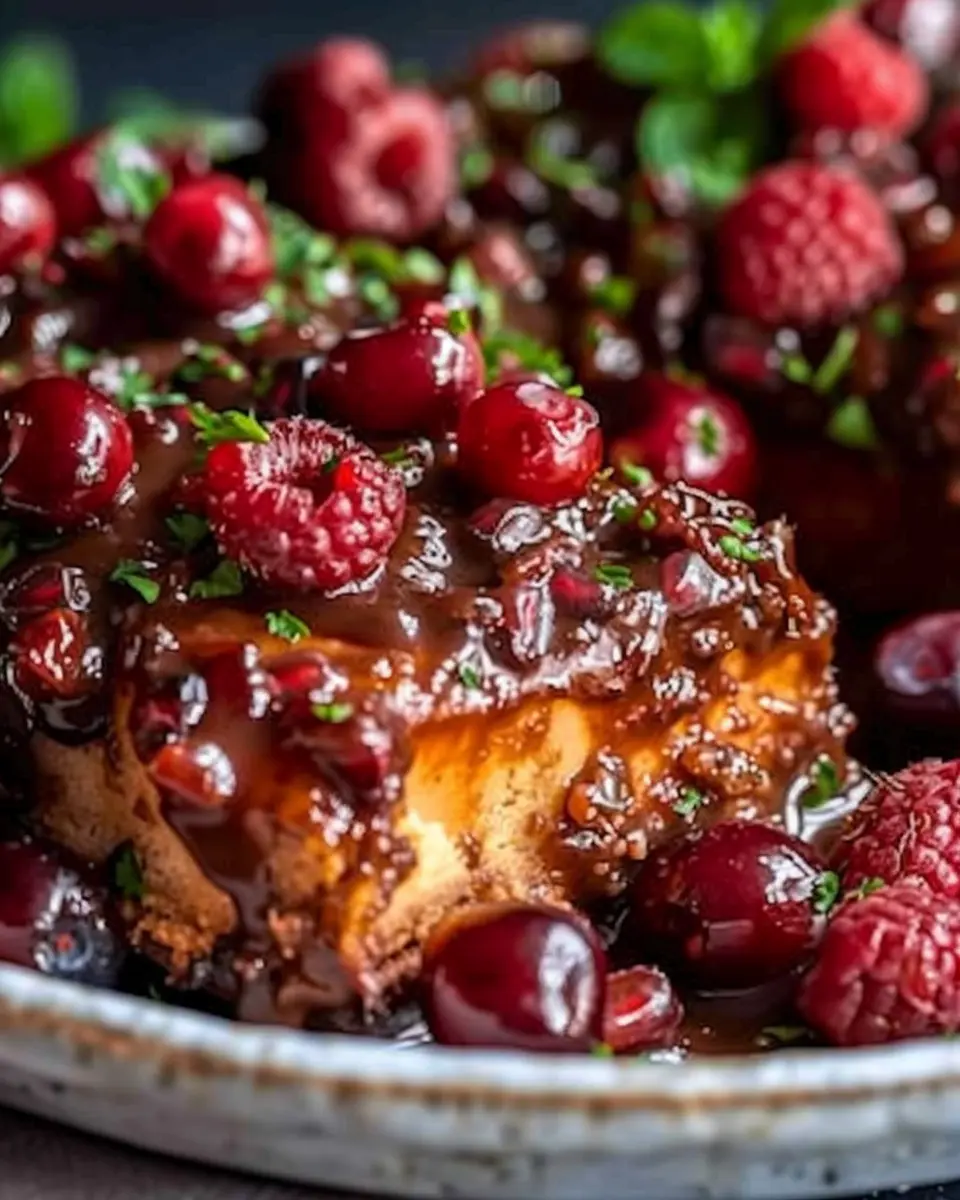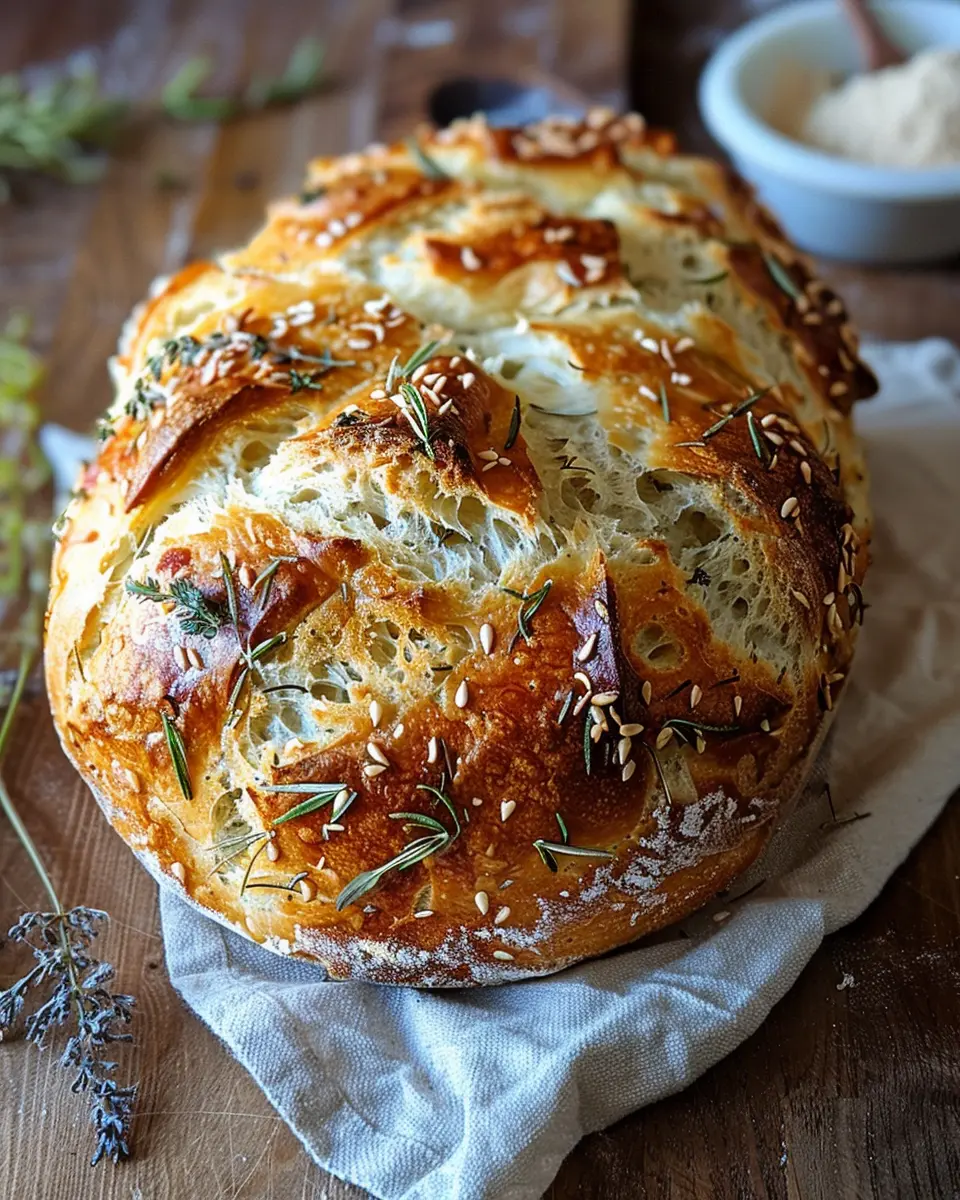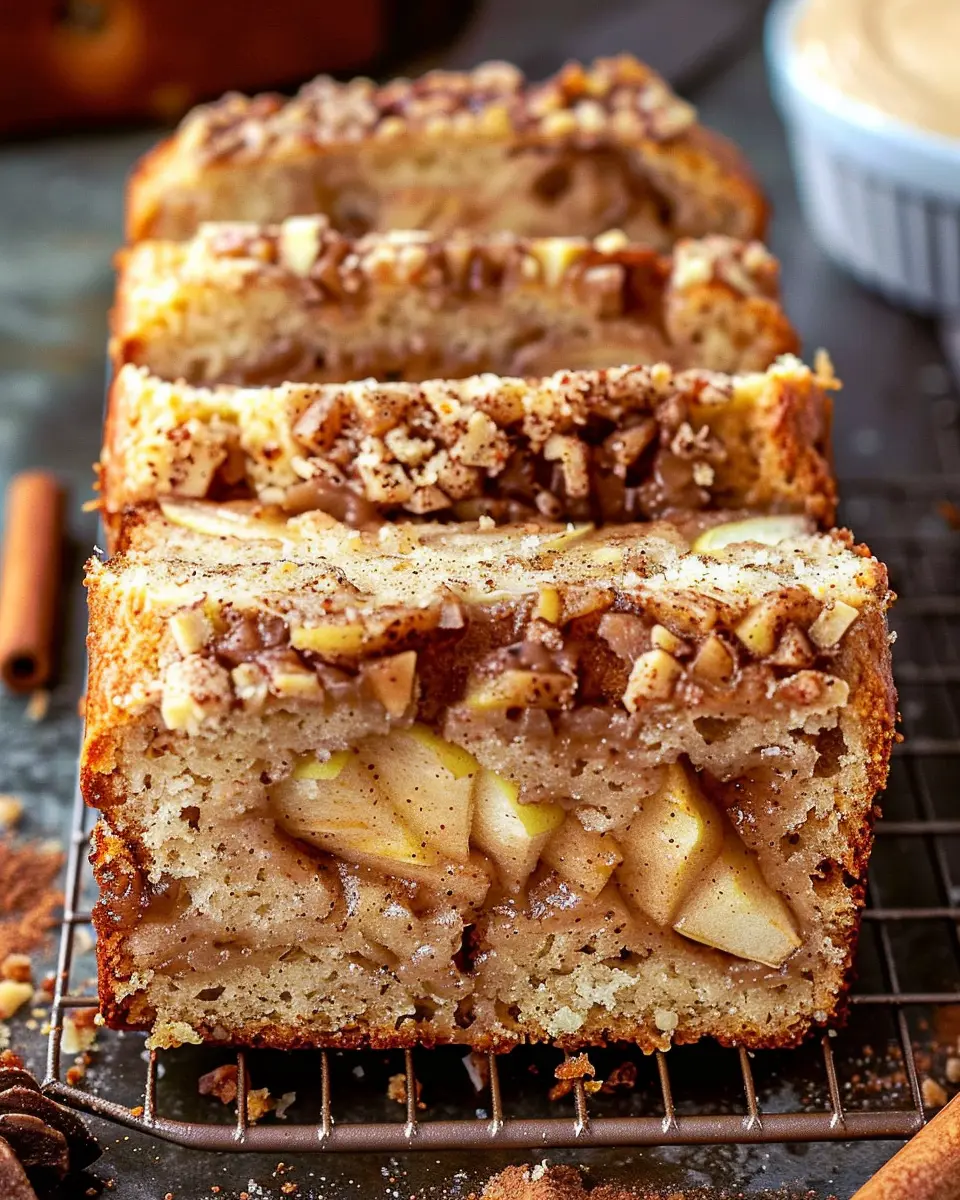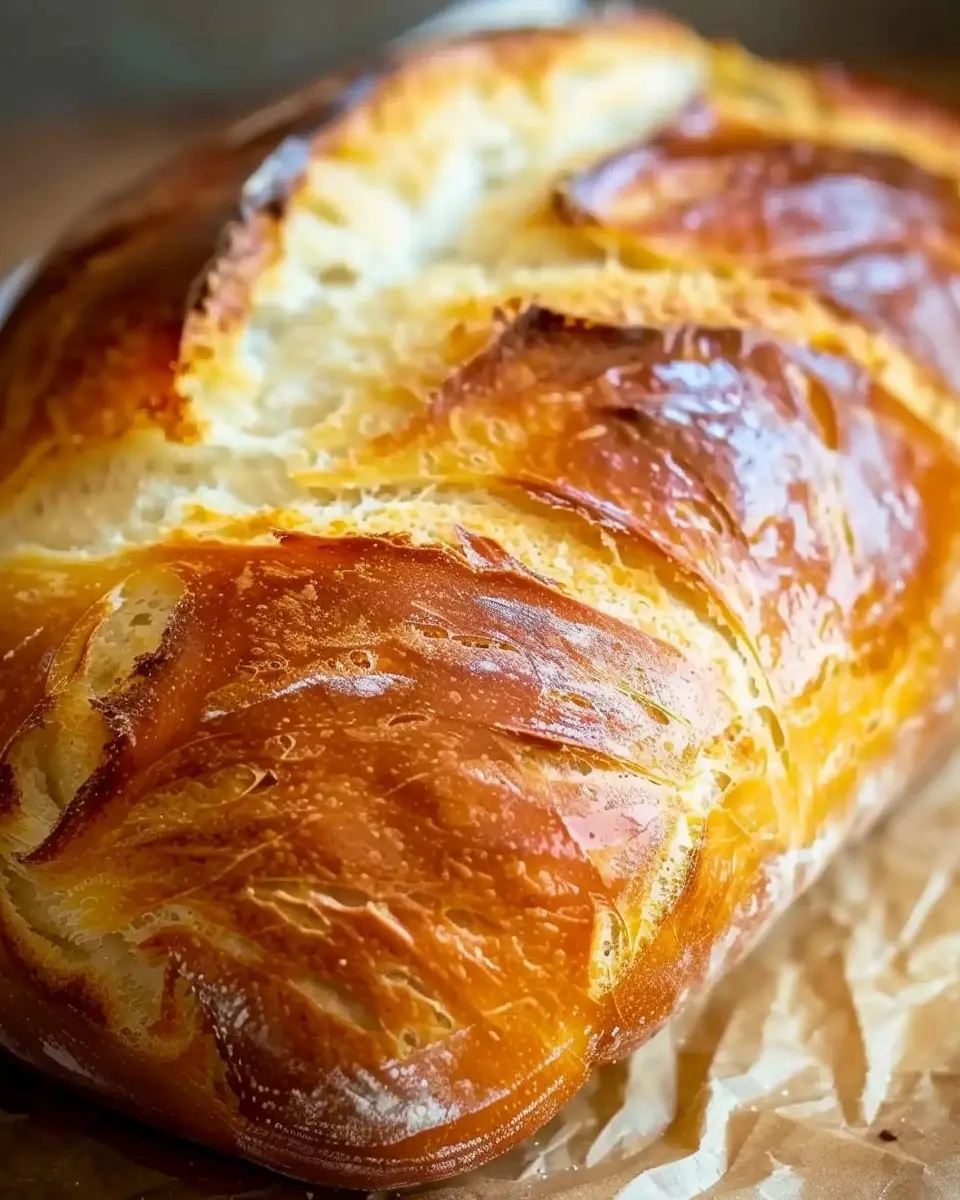Introduction to Egg Casserole
The comforting memories of egg casseroles
Egg casseroles aren’t just a dish; they’re a canvas for nostalgia and family togetherness. Think back to family gatherings, lazy Sunday mornings, or even impromptu brunches with friends—there’s something about the warm, inviting aroma of a freshly baked egg casserole that can bring a smile to anyone’s face. It’s a versatile dish that reminds us of cozy kitchens and shared meals, often turning simple ingredients into something extraordinary.
Whether it was your grandmother’s secret recipe or the first dish you learned to make on your own, egg casseroles often hold a special place in our hearts. It’s the kind of meal that feels like a hug, grounding us in comfort and warmth. If you’d like to dig deeper into the historical roots of casseroles, you might want to check out this article on Culinary History.
Why egg casseroles make for a perfect homemade meal
Egg casseroles truly shine when it comes to balancing convenience and flavor. First and foremost, they’re incredibly flexible. You can throw in just about anything—vegetables, meats, cheeses, or even leftover grains. This makes them perfect for cleaning out your fridge while also impressing guests or family.
Plus, they’re suited for any time of day:
- Breakfast: Whip one up the night before and pop it in the oven in the morning.
- Lunch: Pair it with a salad for a hearty midday meal.
- Dinner: Serve alongside bread or a simple side and you’ve got a complete meal.
From busy weekdays to festive weekends, an egg casserole is the ultimate go-to. Statistically, casseroles are known for their ability to feed a crowd without breaking the bank. On average, making one can cost significantly less than a full dinner outing, making it not just delicious, but also economical.
Every bite is filled with potential—imagine the blend of flavors when you combine fresh herbs, hearty proteins, and colorful vegetables. So the next time you’re pondering what to cook, consider the humble yet mighty egg casserole. It’s more than just food; it’s a versatile vessel for creativity and a delicious way to nurture relationships.
Ingredients for Egg Casserole
Essential ingredients for a classic egg casserole
An egg casserole is a hearty breakfast or brunch dish that’s both versatile and satisfying. To create a traditional version, you’ll need the following essential ingredients:
- Eggs: The star of the show! About 8 to 12 large eggs will create a fluffy base.
- Milk or Cream: This adds richness; opt for whole milk or heavy cream depending on your preference.
- Bread: Stale or fresh bread cubes (about 4 cups) act as a great filler. Try using challah or sourdough for extra flavor.
- Cheese: A mix of cheddar and mozzarella works beautifully; about 2 cups shredded is a great start.
- Vegetables: Classic choices include bell peppers, onions, and spinach—about 1 to 2 cups, chopped.
To learn more about the nutritional benefits of eggs, check out this resource from the American Egg Board.
Optional ingredients to customize your casserole
Feeling adventurous? The beauty of an egg casserole lies in its adaptability! Consider these optional ingredients to add your personal flair:
- Meats: Cooked sausage, ham, or bacon can elevate your dish with savory notes.
- Herbs and Spices: Fresh herbs like parsley or dill, or even a sprinkle of paprika, can enhance the flavor profile.
- Vegetarian alternatives: Swap in roasted veggies like zucchini or mushrooms for a meatless option.
- Hot Sauce or Salsa: For those who like a kick, a dash of hot sauce or a side of salsa can take your casserole to the next level.
With these building blocks, you can create a delicious egg casserole that’ll wow your friends and family at any gathering!
Preparing Your Egg Casserole
Egg casseroles are a fantastic dish for anyone who enjoys a versatile, hearty meal that can be enjoyed for breakfast, lunch, or even dinner. But before you dive into the world of flavor combinations and baking techniques, let’s take a practical look at how to prepare this delightful dish. Below are some essential steps you’ll need to follow to make your egg casserole a hit!
Gather Your Ingredients
The first step in preparing your egg casserole is to gather all the necessary ingredients. A typical egg casserole recipe might include:
- Eggs: Usually, a dozen works well for a standard casserole.
- Milk or Cream: For creaminess.
- Cheese: Cheddar, mozzarella, or a blend can enhance flavor.
- Vegetables: Bell peppers, spinach, or onions add nutrients and color.
- Protein: Consider sausage, bacon, or a plant-based alternative.
- Bread or Potatoes: Choose between crusty bread, cubed bread, or even shredded potatoes as a base.
Take a moment to ensure you have everything ready. Having your ingredients prepped not only simplifies the cooking process but also keeps you organized. You can even check out resources like Food Network for unique ingredient ideas and substitutions.
Whisk the Egg Mixture
Next, it’s time to get whisking! In a large bowl, crack your eggs and add your choice of milk or cream. The egg mixture is the backbone of your egg casserole, so make sure to whisk it until it’s smooth and frothy—this incorporates air, which helps the casserole rise beautifully.
It’s also a great opportunity to season your mixture. A pinch of salt, freshly cracked black pepper, and perhaps some garlic powder or herbs can elevate the flavors significantly. Remember, the egg mixture is where you lay the groundwork for the taste!
Prepare Your Base
Now that your egg mixture is ready, it’s essential to prepare the base of your egg casserole. Your options are plentiful:
- Bread: Tear up day-old bread into chunks for a fluffy texture. Choose artisanal or sourdough for added flavor.
- Potatoes: Shredded or diced potatoes can give a comforting twist. For an extra crunch, consider par-cooking the potatoes first.
- Vegetables: For a lower-carb version, think of a veggie-packed base using zucchini or sweet potatoes.
If you decide to go with veggies or potatoes, a light sauté can soften them and bring out their flavor, enhancing your egg casserole experience.
Combine and Layer the Ingredients
Now comes one of the fun parts: assembling your egg casserole! In a large baking dish, start layering your base first followed by your chosen proteins and vegetables. Pour the egg mixture over the top, ensuring that everything is evenly coated. If you’re a cheese lover like many of us, sprinkle a healthy amount on top for a golden finish.
For a little extra flair, consider adding fresh herbs or spices as the final touch. Don’t hesitate to get creative; mixing in some sun-dried tomatoes or olives can add depth and character to the dish!
Bake to Perfection
With everything combined, it’s time to let the oven work its magic. Preheat your oven to 350°F (175°C) and slide your dish in. Baking usually takes around 30-45 minutes, but the key is to watch for that golden-brown top. The center should be set but still slightly jiggly, as it will continue to cook a bit once you take it out.
After being greeted by that delightful aroma, let your egg casserole rest for a few minutes before slicing. This little pause allows it to set perfectly.
Enjoy your savory egg casserole as a standalone dish or pair it with a light salad for a well-rounded meal. Your culinary adventure is sure to impress whether served at a brunch gathering or a cozy night in!
Variations on Egg Casserole
Vegetarian Egg Casserole Options
If you’re looking to whip up a delicious egg casserole without meat, you’re in for a treat! Consider using a mix of seasonal vegetables, such as bell peppers, spinach, and mushrooms. These not only add flavor but also pack in essential nutrients. To enhance the vegetarian twist, think about incorporating cheeses like feta or goat cheese for that creamy texture, or even a sprinkle of nutritional yeast for a cheesy flavor without dairy.
Protein-Packed Egg Casseroles
For those who want an extra protein boost, consider adding meats such as turkey sausage or ham to your egg casserole. You could also include beans, like black beans or chickpeas, for a hearty touch. Not only does this enhance the nutrition profile, but it also makes for a more filling breakfast. If you’re meal prepping, these protein-packed variations will keep you energized throughout your busy day or give you an excellent post-workout meal.
Exploring International Flavors
Why stick to the classic flavor profiles when you can venture into international territory? A Mediterranean egg casserole could feature ingredients like olives, sun-dried tomatoes, and feta cheese. Or perhaps a Mexican-inspired version with chorizo, jalapeños, and a sprinkle of cilantro would excite your palate. Check out websites like Serious Eats for authentic recipes and tips on how to incorporate these flavors into your egg casserole effortlessly.
With these variations, your egg casserole can reflect your personal tastes and dietary needs while keeping that delightful, comforting essence that makes it a go-to dish. So, are you ready to experiment and create your perfect egg casserole?
Cooking Tips and Notes for Egg Casserole
Best Practices for Achieving a Fluffy Texture
To elevate your egg casserole to fluffy perfection, start by whisking your eggs until they’re frothy. This incorporates air, which is key for lightness. Consider adding a splash of milk or cream; this not only enhances flavor but also contributes to that desired fluffy texture. For an extra layer of richness, experiment with different kinds of cheese, ensuring they melt beautifully into your dish.
Pro tip: If you’re not in a rush, let the mixture sit for about 10 minutes before baking. This helps the flavors meld together and improves the overall texture.
Baking Tips for Even Cooking
Achieving even cooking is crucial for your egg casserole masterpiece. Preheat your oven properly—this ensures that every corner of your casserole bakes evenly. Use a glass or ceramic dish; these materials distribute heat uniformly. Consider placing your casserole in the center of the oven for optimal airflow.
When baking, keep an eye on it, as oven temperatures can vary. You’ll know it’s done when the edges are set and the center has a slight jiggle. For thorough cooking, consider using a food thermometer to check that the internal temperature reaches 160°F for safety.
By incorporating these tips, you’ll be set up for a delightful culinary experience! For more in-depth guidance, check out resources from Epicurious and Serious Eats.
Serving Suggestions for Egg Casserole
When it comes to serving your delicious egg casserole, the options are both creative and satisfying. Here are some fun ways to elevate your serving game:
Creative ways to serve your casserole
Instead of simply slicing and serving, try these ideas:
- Individual Portions: Use ramekins to bake mini casseroles. This not only looks appealing but also makes it easy for guests to grab their own!
- Layered Presentation: Serve the casserole on a platter, topped with garnishes like freshly chopped herbs or a drizzle of sriracha for an extra kick.
- Breakfast Bar: Set up a buffet with your casserole as the centerpiece, and offer toppings such as avocado slices, salsa, or shredded cheese.
Pairing ideas for a complete meal
To turn your egg casserole into a well-rounded meal, consider these pairing suggestions:
- Fresh Salad: A light arugula or spinach salad can balance the richness of the casserole. Check out this healthy salad recipe for inspiration.
- Fruit Plate: Seasonal fruits like berries or melon make for a refreshing side that complements the dish’s heartiness.
- Whole Grain Toast: Serve with some whole grain or sourdough toast for a satisfying crunch.
With these ideas, your next gathering will not only be delightful but also memorable. Happy serving!
Time Breakdown for Egg Casserole
Preparation Time
Getting started with your egg casserole is a breeze. You’ll need about 15 minutes to gather your ingredients, chop your veggies, and whisk your eggs. This is also a great time to prep any add-ins like cheese or cooked meats for that extra flavor kick.
Cooking Time
Once you’ve prepped everything, pop your casserole in the oven for 35-40 minutes. This is when the magic happens! The heat transforms your ingredients into a fluffy, golden delight that’s sure to impress.
Total Time
In total, you’re looking at about 50-55 minutes from start to finish. Perfect for a hearty breakfast or a cozy brunch with friends! With just a little bit of prep and baking, you can serve up a delicious homemade meal—check out this guide for tips on tricks to expedite your cooking routine!
Nutritional Facts for Egg Casserole
Caloric Content Per Serving
When it comes to a comforting dish like egg casserole, it’s great to know what you’re indulging in. On average, one serving contains around 200 to 300 calories. This may vary based on the ingredients you choose, like whether you use whole milk or a lighter alternative.
Nutrients to Consider
Egg casserole is not just delicious; it’s also packed with essential nutrients! Consider these highlights:
- Protein: Eggs are an excellent source of high-quality protein, which helps repair and build muscle.
- Vitamins: You’ll get a nice dose of vitamins A, D, and B12, supporting everything from bone health to brain function.
- Minerals: Ingredients like spinach or bell peppers can boost your intake of iron and potassium, which are vital for energy levels and heart health.
For more on the benefits of protein and eggs, check out Healthline’s article on protein. Plus, it’s easy to customize based on your dietary needs. Just think of your favorite vegetables or protein sources to amp up the nourishment!
Incorporating an egg casserole into your meal prep can be a fantastic choice for busy weekdays, offering both satisfaction and nutritional value.
FAQs about Egg Casserole
Can I prepare an egg casserole in advance?
Absolutely! One of the best things about egg casserole is that it’s perfect for preparing ahead of time. You can assemble the casserole the night before and store it in the fridge. When you’re ready to bake, just pop it in the oven while you sip your morning coffee. This not only saves time but also means a delicious breakfast is ready with minimal effort. For more tips on meal prepping, check out this resource from The Kitchn.
How do I store leftover egg casserole?
If you find yourself with leftovers (which is a great thing!), here’s how to keep them fresh. Allow the egg casserole to cool completely, then transfer it to an airtight container. It can last in the refrigerator for about 3-4 days. For longer storage, consider freezing. Just cut the casserole into portions, wrap each piece tightly, and place them in a freezer-safe bag. Reheat in the oven or microwave when you’re ready for a tasty snack or meal.
What are some good substitutions for eggs?
If you’re looking to make an egg casserole without eggs, fear not! There are several fantastic substitutes:
- Silken Tofu: Blend it until smooth to replace eggs. It adds creaminess without altering the flavor.
- Chia Seeds: Mix 1 tablespoon of chia seeds with 3 tablespoons of water and let it sit. This creates a gel-like substance that binds ingredients.
- Aquafaba: The liquid from canned chickpeas can mimic egg whites in many recipes. About 3 tablespoons equal one egg.
These alternatives can accommodate various dietary needs and provide a unique twist on your favorite recipe! For more details on egg substitutes, you might want to check Healthline’s guide.
Conclusion on Egg Casserole
Recap of the Joy of Homemade Egg Casseroles
There’s something truly delightful about homemade egg casseroles—the way they bring friends and family together over a shared meal. With countless variations, this dish caters to every palate, whether you prefer a classic recipe or a fusion twist.
- Flexibility: You can easily customize your egg casserole by adding seasonal veggies or your favorite cheeses.
- Meal Prep Champion: Perfect for busy mornings, these casseroles can be made ahead and reheated, saving you time without sacrificing flavor.
So, are you ready to whip up your own hearty egg creation? For more inspiration and tips, check out this fantastic resource, and start your culinary adventure today!
PrintEgg Casserole Bliss: Easy Comfort Food for Every Occasion
Discover the delightful world of egg casserole, a versatile dish perfect for any occasion.
- Prep Time: 10 minutes
- Cook Time: 35 minutes
- Total Time: 45 minutes
- Yield: 6 servings 1x
- Category: Breakfast
- Method: Baking
- Cuisine: American
- Diet: High Protein
Ingredients
- 6 large eggs
- 1 cup milk
- 1 cup shredded cheddar cheese
- 1/2 cup diced bell peppers
- 1/2 cup chopped onions
- 1 cup cooked sausage, crumbled
- 1 teaspoon salt
- 1/2 teaspoon black pepper
Instructions
- Preheat the oven to 350°F (175°C).
- In a large bowl, whisk together the eggs and milk.
- Add the cheese, bell peppers, onions, sausage, salt, and pepper. Mix well.
- Pour the mixture into a greased baking dish.
- Bake for 30-35 minutes or until the eggs are set.
- Let it cool slightly before serving.
Notes
- Serve with your favorite hot sauce for an extra kick.
- This dish can be prepared ahead of time and stored in the refrigerator.
Nutrition
- Serving Size: 1 slice
- Calories: 250
- Sugar: 2g
- Sodium: 600mg
- Fat: 18g
- Saturated Fat: 7g
- Unsaturated Fat: 9g
- Trans Fat: 0g
- Carbohydrates: 8g
- Fiber: 1g
- Protein: 20g
- Cholesterol: 400mg
Keywords: Egg Casserole






